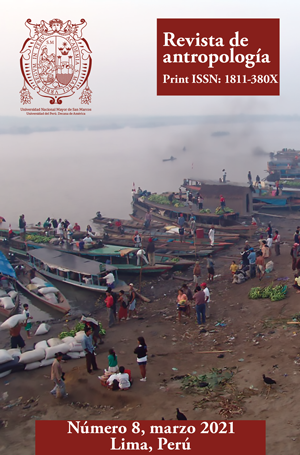Public Policies and Isolated Indigenous People in Peru and Brazil
Between Assimilation and Autonomy
DOI:
https://doi.org/10.15381/antropologia.v0i8.19808Keywords:
Isolation, contact, indigenous people, Peru, Brazil, assimilation, autonomy, AmazoniaAbstract
This article comparatively reviews the role of public policies in the situation of indigenous peoples in isolation in two countries, Brazil and Peru. It presents the great paradigms that have dominated national policies on indigenous peoples in the Amazon, assimilation (or integration) and autonomy, analyzing how they have affected the situation of peoples in isolation in the past and how they do it today. As a case study, we developed that of the Mashco Piro indigenous people of the Alto Madre de Dios River (Madre de Dios, Peru), which highlights the complexity of the application of policies on the ground, in a context of growing threats to the Amazon territories. Finally, we explore the problematic relationships between policies related to indigenous peoples in isolation and those related to the economy and the use of the territory, which are closely linked in the Amazon region.
Downloads
Published
Issue
Section
License
Copyright (c) 2021 Luis Felipe Torres, Minna Opas, Glenn H. Shepard Jr.

This work is licensed under a Creative Commons Attribution 4.0 International License.
THE AUTHORS RETAIN THEIR RIGHTS:
a. The authors retain their trademark and patent rights, and also on any process or procedure described in the article.
b. The authors retain the right to share, copy, distribute, perform and publicly communicate the article published in the Revista Antropología (for example, place it in an institutional repository or publish it in a book), with an acknowledgment of its initial publication in the Revista Antropología.
c. The authors retain the right to make a subsequent publication of their work, to use the article or any part of it (for example: a compilation of their works, notes for conferences, thesis, or for a book), provided that they indicate the source. of publication (authors of the work, journal, volume, number and date).





